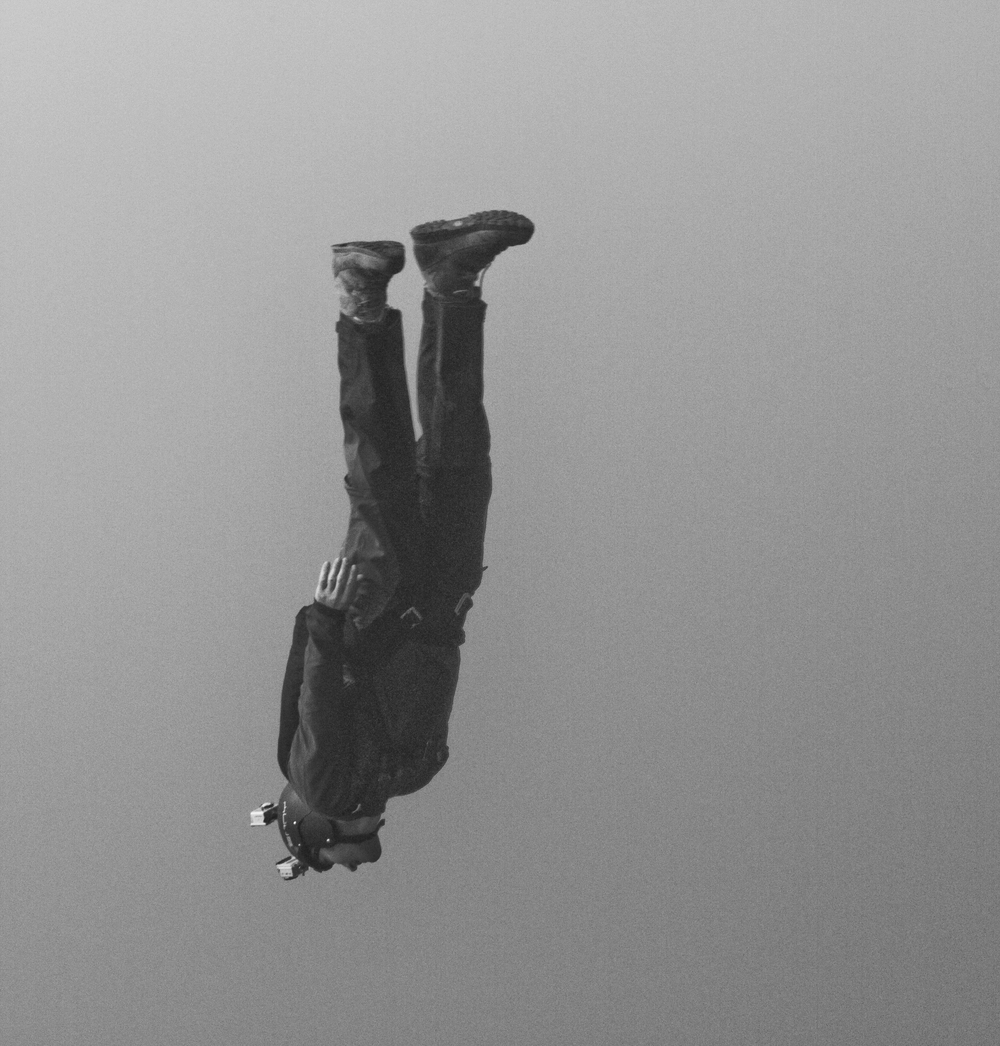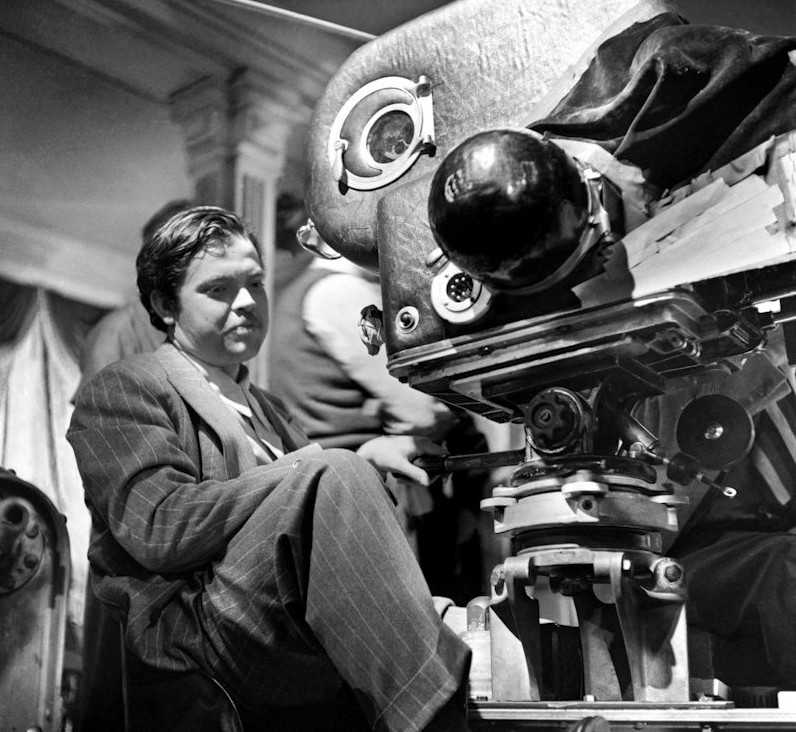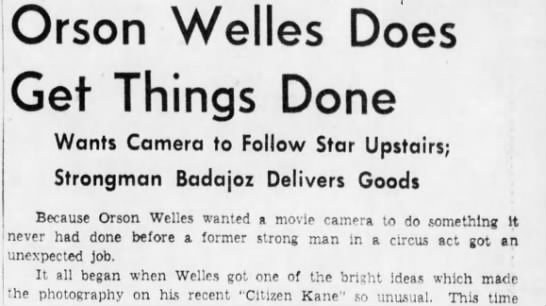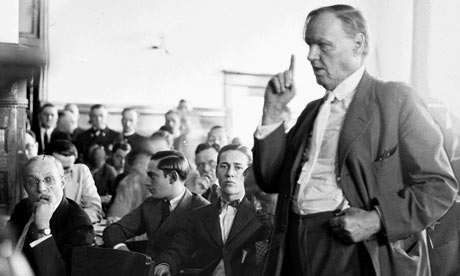The machines created by the America military to combat the enemy eventually are manifest stateside, whether that means the creation of the Internet (which was initiated by the Department of Defense in response to Sputnik’s success) or drones (perfected during our wrongheaded war in Iraq). These tools of hot and cold wars, when they begin to be used in earnest domestically can be a blessing or a curse, and in the case of drones, they’re both.
Drones are incredibly useful tools, and they’re dangerous, able to deliver a bomb as readily as a breakfast burrito. While that means we should probably brace ourselves and starting working immediately on safeguards, as much as that’s possible, it doesn’t mean the Federal Aviation Administration should strangle a fledgling industry. Even without federal approval for commercial drones, terrorists can do their damage quite well. They needn’t wait for regulations.
One other point in this increasingly automated society: We have to accept that certain jobs (delivery people, messengers, some hospital workers, bridge inspectors, wait staff, etc.) will be largely disappeared with the emergence of pilotless gizmos. How do we replace these positions with new ones? How do jobless people pay for those breakfast burritos that land softly on their doorsteps one fine morning?
In a Foreign Affairs piece, drone entrepreneur Gretchen West unsurprisingly admonishes the FAA’s sluggishness in addressing the governance of these new machines. The opening:
In the beginning, drones were almost exclusively the province of militaries. At first little more than remote-controlled model planes used in the World War I era, military drones advanced steadily over the decades, eventually becoming sophisticated tools that could surveil battlefield enemies from the sky. Today, the terms “drone” and “unmanned aircraft system” denote a vehicle that navigates through the air from point A to point B and is either remotely controlled or flies autonomously. While they vary in size and shape, such vehicles all feature a communications link, intelligent software, sensors or cameras, a power source, and a method of mobility (usually propellers).
Inevitably, drone technology spilled out from the military and into other parts of the public sector. In the United States over the last decade, federal researchers turned to drones for monitoring weather and land, the Department of Homeland Security started relying on them to keep an eye on borders, and police adopted them for search-and-rescue missions. Then came everyday consumers, who took to parks on the weekend with their often homemade creations. Outside government, drones were mostly flown for fun, not profit.
Until recently, that is. In the last several years, a new group of actors has come to embrace drones: private companies. Inspired by the technological progress made in the military and in the massive hobby market, these newcomers have realized that in everything from farming to bridge inspection, drones offer a dramatic improvement over business as usual. The potential for the commercial use of drones is nearly limitless. But in the United States, the growing drone industry faces a major regulatory obstacle: the Federal Aviation Administration (FAA) has issued overly restrictive rules that threaten to kill a promising new technology in the cradle.
SERIOUS BUSINESS
As more and more actors have invested in drone research and development, the vehicles themselves have become cheaper, simpler, and safer. Perhaps even more exciting are the changes in software, which has advanced at lightning speed, getting smarter and more reliable by the day: now, for example, users can fly drones without any guidance and set up so-called geo-fences to fix boundaries at certain altitudes or around certain areas. The economics are now attractive enough that many industries are looking to drones to perform work traditionally done by humans—or never before done at all.•
































